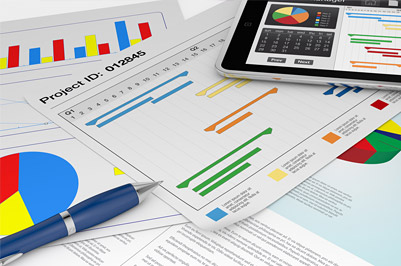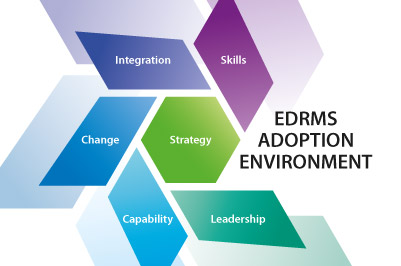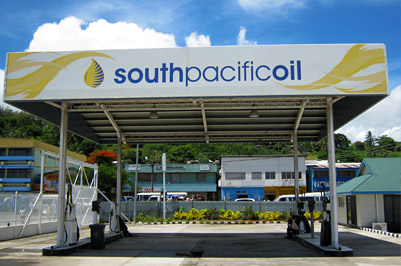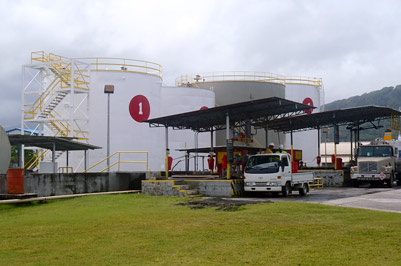
Work smarter, not harder.
Properly documented processes and procedures can make your organisation more efficient and effective.
However, the process of process documentation and reengineering is full of pitfalls, which can result in confusing or useless documentation that has no controls, measurability or ease of communication to those who need to use them.
What is a process? How is it different from a policy or procedure?
It can be very easy to mix up processes, policies, guidelines and standards. Before you start documenting and reengineering what you do, create a shared understanding of these definitions.
People often confuse the terms policy, process and procedure, or use the words interchangeably. They are very different.
A policy can be thought of as the rules of what you do and don’t do. For example, one of our clients in the petroleum industry has a policy of ‘safety first’.
A process is how groups of activities are related. For example, at a high level – Level 0 – it can be how the areas of Finance, Operations, Marketing, Sales and Health Safety and Environment (HSE) work together to deliver business results.
A procedure is the step-by-step description of an activity in the process. For example, the steps required to load a petroleum tanker at a gantry.
Processes can be outlined at a very high level (Level 0), and can then be successively broken down into sub-processes until you have reached the procedure or work instruction level.
As an example:
|
Process Level |
Description |
Example |
|
0 |
Functions of an organisation and how they relate | Functions
|
|
1 |
Processes that form the function in Level 0 | Example – Finance
|
|
2 |
Sub-processes of Level 1 | Example – Fixed Assets
|
|
3 |
Sub-processes of Level 2 | Example – Fixed Asset Register Maintenance
|
|
4 |
Procedure | Example – Conduct Fixed Asset Audit1. Receive latest e-copy of fixed asset register 2. Print register 3. Confirm physical existence of each item using form xx-xxx which includes:
4. Return completed form xx-xxx to CFO |
How guidelines and standards can help
Guidelines help you make discretionary decisions. For example, branding guidelines may outline a visual identity palette that specifies use of photos to illustrate concepts in external communication.
Standards specify how you want things to happen at a micro level within a procedure. For example, you may have a procedure for answering the phone at reception, which in turn refers to the standard that a phone must be answered within 3 rings.
Measure the baseline
Don’t make the mistake of jumping in to change your processes before you fully understand the current situation. It is helpful to baseline your processes using process maps. This then enables you to analyse the efficiency and effectiveness of the processes through application of Key Performance Indicators (KPIs). KPIs allow you to control and measure the health of your processes. For example, a sales funnel KPI could be to contact 100 prospects and record their details in your Customer Relationship Management system.
Impact and Ease of Implementation
When re-engineering processes, prioritise those things that have high impact on your goal and are easy to do as a starting point. Refer the following Ease of Doing / Impact matrix as a guide:
Avoiding the final pitfall: alignment
The final pitfall of process documentation and reengineering is that processes do not align. To combat this, map all of your organisational processes and do a RACI map to outline who is Responsible, Accountable for all level processes, as well as who should be Consulted or Informed. This will not only help make sure processes are aligned, but that people are not overloaded with accountabilities and responsibilities.
Need help with documenting your processes, or reengineering existing ones? Contact us today to find out how we can help.















